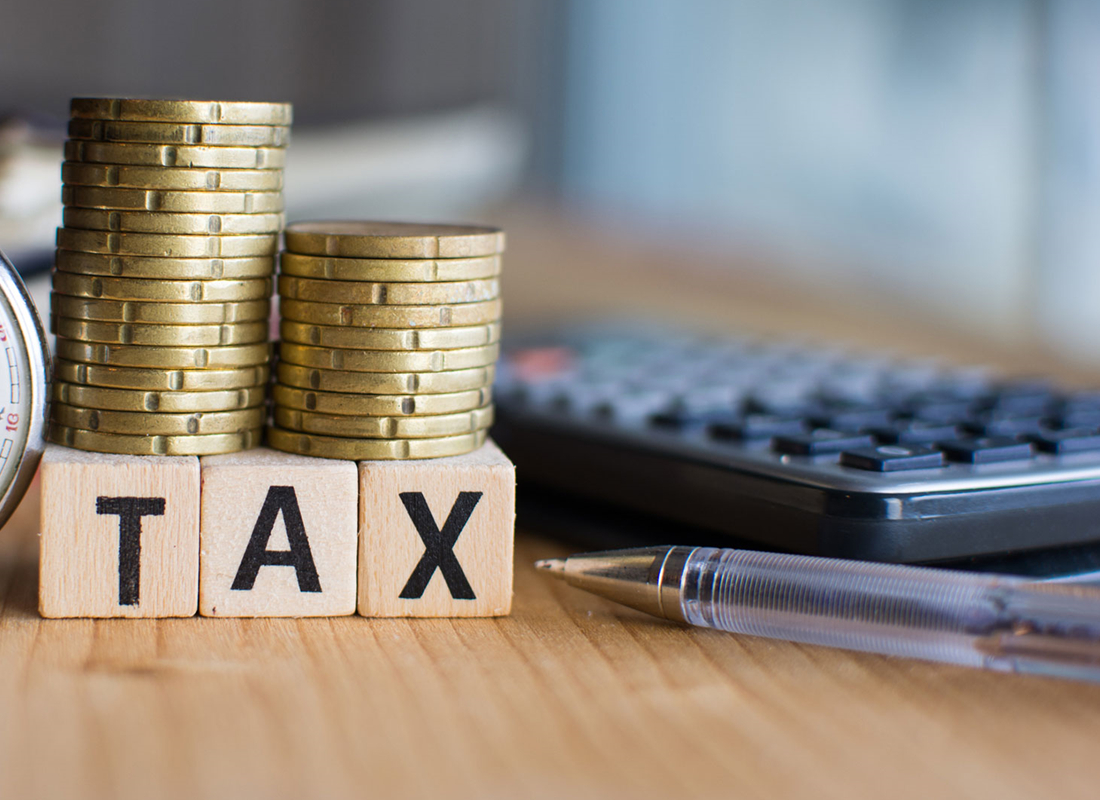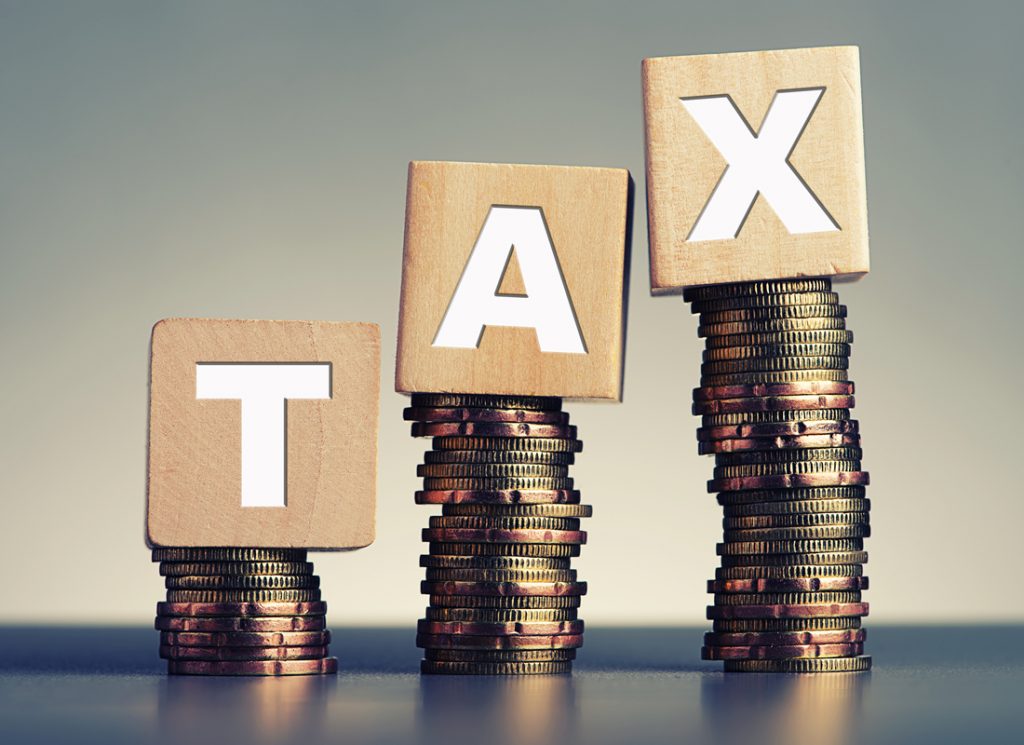Tax classes and rates are what make or break your tax return. However, you probably already know that much about taxes—like how much you owe, who you’re supposed to file for your taxes, and how you can best take advantage of your tax benefits. Thankfully, this knowledge is available online and accessible from any computer. That being said, reading a tax class and rate sheet is helpful when understanding the implications of a particular rule change or interpretation. You can also refer to IRS data on specific classes of tax obligations to better understand whether or not there’s a special deal for you. But be sure to actually read the definitions and examples before concluding that a particular rule change makes sense or isn’t impactful enough for your needs.
WHAT IS A TAX CLASS?
A tax class is a group of income and deductions rules that have been created to help taxpayers recognize and report the full tax impact of various deductions and credits. For example, the MSA and Child Care Tax Credit are two taxes that fall under the same tax class.
WHAT IS A TAX RATE?
A tax rate is the amount of tax imposed on a single taxpayer. The tax rate is one of several measures that helps determine the overall tax treatment of that taxpayer. The IRS publishes the tax rate tables for all 50 states and the District of Columbia each year.

HOW TO ACCESS THE IRS DATA ON YOUR PARTICULAR TAX SITUATION?
You can access the data on your tax situation in one of two ways: Free of charge or as an Affiliate of the IRS.
WHICH TAX CLASS IS RIGHT FOR YOU?
This is the most important question to ask when you’re first starting out with taxes. It’s the one that many people miss the first time around. The IRS rates all tax classes, including the least productive, the de-fiscalized, and the flat tax. The most productive tax class is the flat tax. It’s the one you might use when you have high-income or retired individuals who want to continue to pay taxes on their income.
BOTTOM LINE
Now that you know what types of tax information to keep in mind, you can focus on making the best tax decision possible. The best way to do that is with a tax class guide. From there, you’ll be able to make better tax planning decisions, including which tax classes will benefit you most from a particular rule change and which tax rates will apply to you the most.



